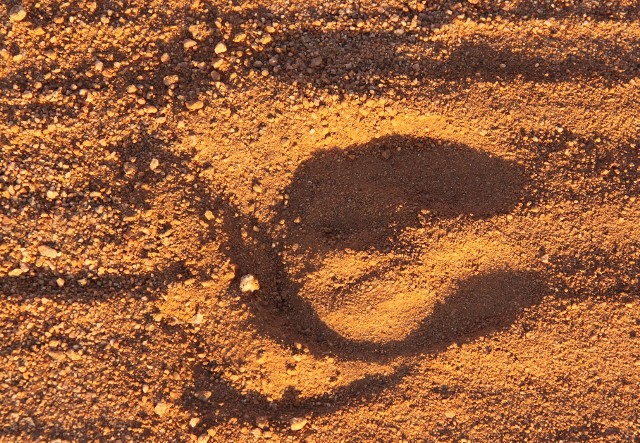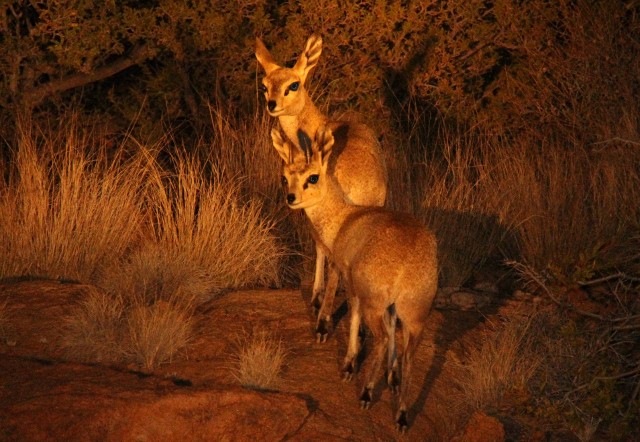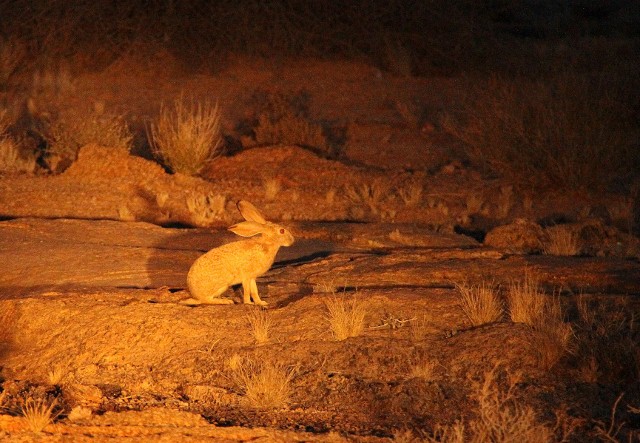Papio ursinus
 Augrabies - 6.10.2012
Augrabies - 6.10.2012Description
Previously considered a subspecies of the ‘savanna baboon’, Papio cynocephalus, or classed together with other baboons as a subspecies of Papio hamadryas, the chacma baboon is a large monkey with a dog-like face, pronounced brow ridges, and relatively long limbs with short digits. The tail is fairly short, and the first third is characteristically held upward, with the rest drooping down. The coat is short, coarse, and light grey to dark olive-brown in colour, with blackish lower limbs, and the nose is rather upturned. The male is larger than the female, with a slightly longer mane of hair around the neck and shoulders, and much larger canine teeth, which can measure up to a formidable five centimetres in length. The bare skin of the face, ears, hands and feet is dark, and the female chacma baboon develops a large, brightly coloured sexual swelling during oestrus, while the rump becomes bright red during pregnancy. Newborns are black, with a red face.
Coat colour may vary both within groups and between different areas, with two subspecies usually recognised: the southern or Cape chacma baboon (Papio ursinus ursinus) and the grey-footed chacma baboon (Papio ursinus griseipes). A third, the Ruacana or Shortridge’s chacma baboon (Papio ursinus ruacana), is also sometimes recognised, although this needs further research.
Size
Head-body length: 50 - 114 cm. Tail length: 45 - 84 cm. Male weight: 21 - 44 kg. Female weight: 12 - 17 kg
Biology
Like all baboons, the chacma baboon has a varied and opportunistic diet, taking a range of plant material, including bulbs, roots, shoots, seeds and fruit, as well as fungi, lichen, crabs, fish, invertebrates, and other small prey. Larger prey, such as young antelope or small livestock, are also occasionally taken, and the chacma baboon may raid crops in settled areas. Most foraging takes place on the ground, during the day.
The chacma baboon is highly social, living in groups of around 20 to 50, or sometimes up to 130 or more. Each group usually contains a number of adult males, with a dominance hierarchy determining access to females. Breeding does not appear to be seasonal, but timing may depend on food availability. The female chacma baboon gives birth to a single young, or rarely twins, after a gestation period of around six months. The young is carried clinging to the female’s breast at first, later riding on her back, and is weaned by about 8 months. Sexual maturity is reached at around 4 to 8 years, at which point females usually stay within the troop, while males leave to join another troop. Adult females give birth around once every 15 months to 2 years, and the chacma baboon may live for up to 30 years in the wild.
Range
The chacma baboon ranges across southern Africa, south of the Zambezi River, occurring as far north as southern Angola and southwest Zambia. P. u. griseipes occurs in southwest Zambia, Botswana, Zimbabwe and Mozambique, P. u. ursinus in South Africa and Namibia, and P. u. ruacana in southwestern Angola and northern Namibia.
Habitat
The chacma baboon can be found in a variety of woodland, savanna, semi-desert, scrubland, steppe and montane habitats, at elevations of up to 2,100 metres or more, and is the only non-human primate to inhabit Fynbos and Succulent Karoo. The species requires cliffs, hills or trees as night-time refuges, and is dependent on daily access to drinking water, although one troop in the Namib Desert has overcome this by obtaining moisture from plants and conserving water through resting during the hottest part of the day.
Links: Clive Walker: Signs of the Wild



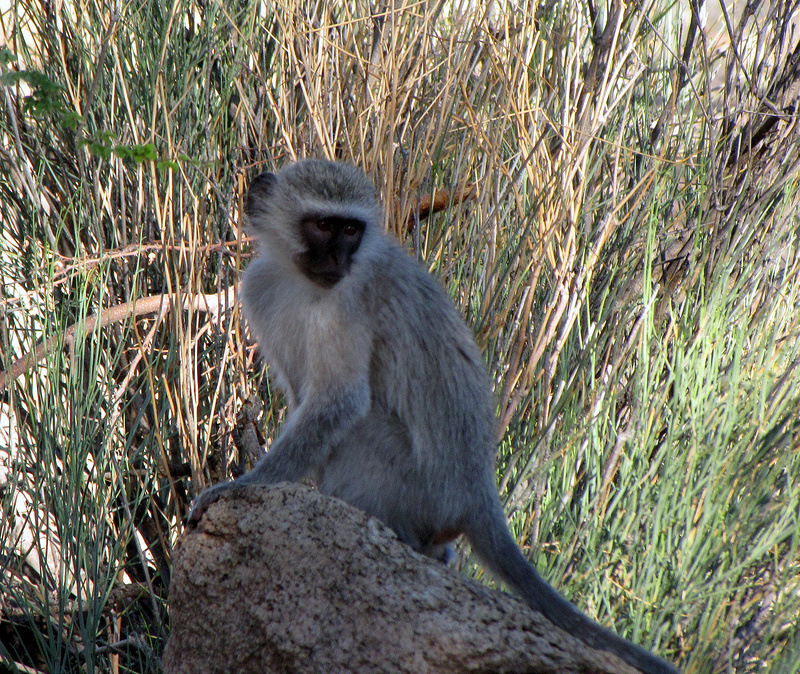
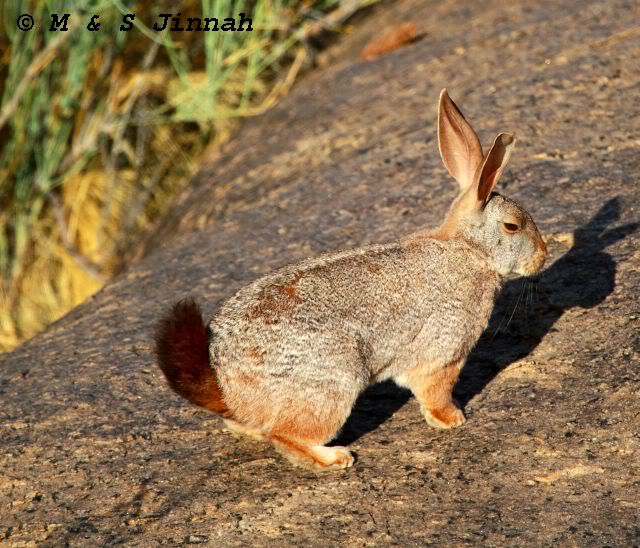
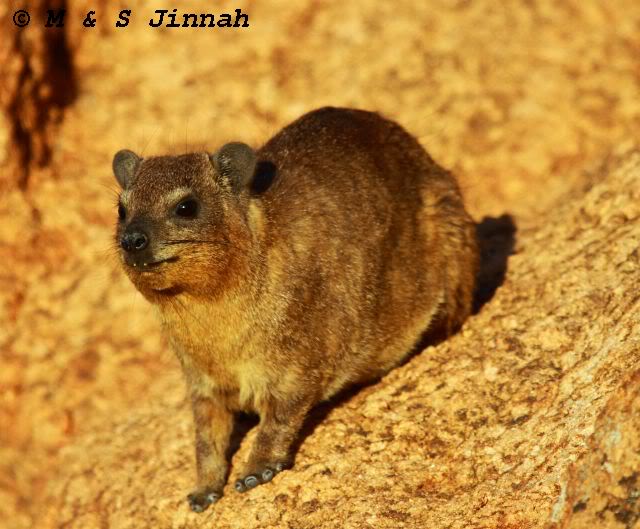
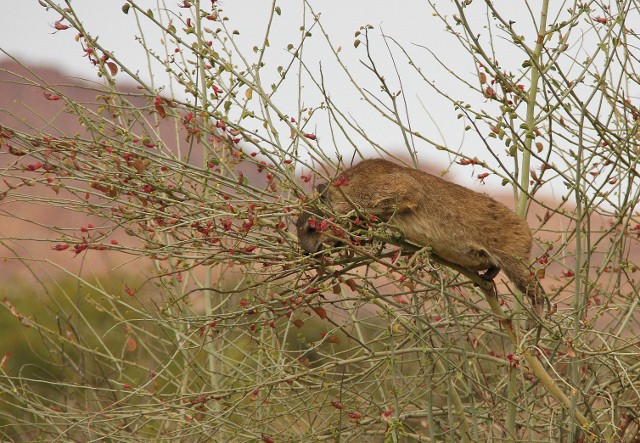 by nan
by nan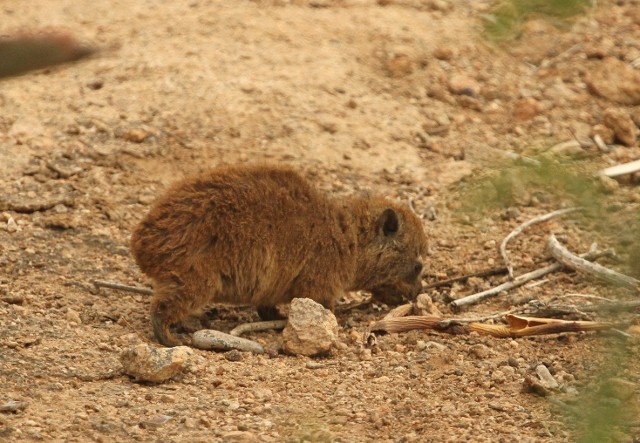 by nan
by nan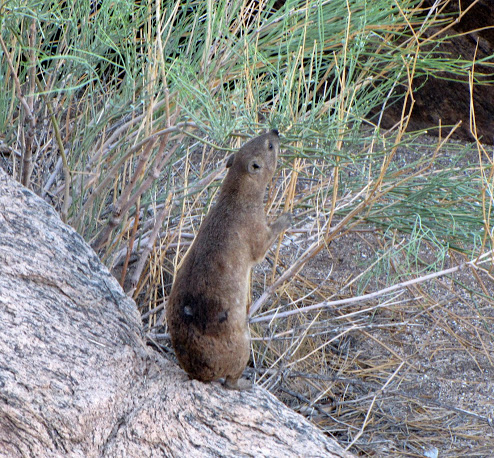 by Lis
by Lis